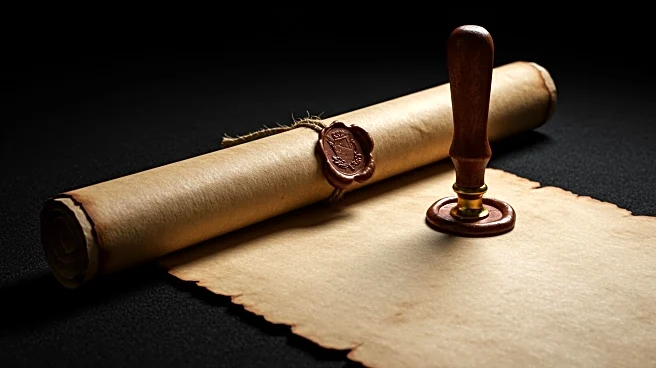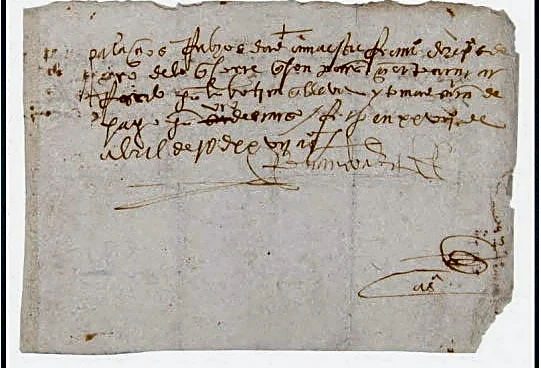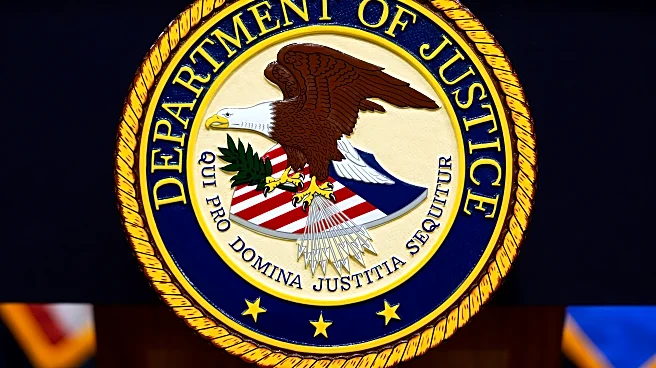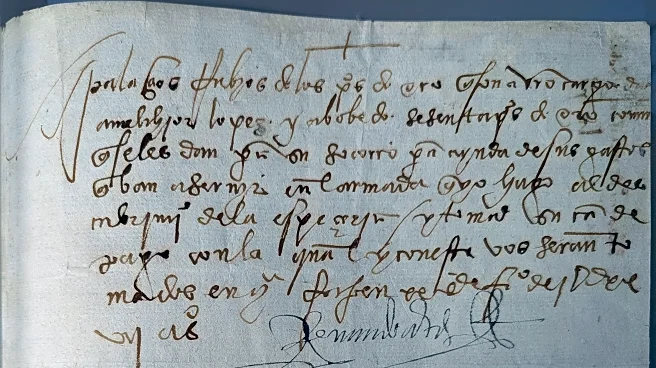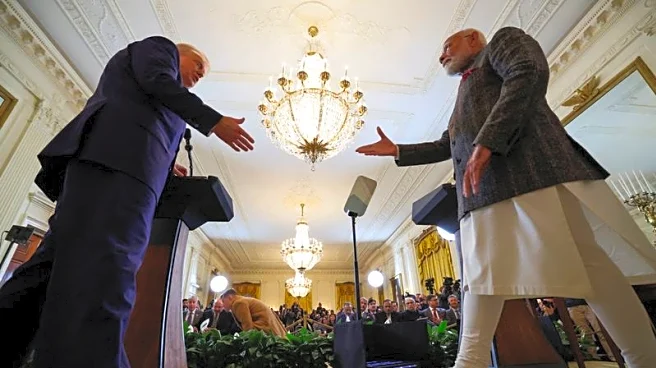Rapid Read • 7 min read
The Federal Bureau of Investigation (FBI) has successfully returned a stolen page from a 500-year-old manuscript to Mexico. This document, signed by the Spanish conquistador Hernán Cortés in 1527, outlines an early payment structure for the Spanish military's exploration efforts in the Americas. The manuscript, which holds significant historical value, was originally part of Mexico's national archives. It went missing between 1985 and 1993, with 15 pages disappearing from the collection. The FBI, in collaboration with authorities in Atlanta and New York, located and seized the missing page within the United States. The document was returned to Mexico without any prosecutions, as it had changed hands multiple times since its disappearance.
AD
The return of this document underscores the importance of international cooperation in preserving cultural heritage. The manuscript is a vital piece of Mexico's history, providing insights into the early colonial period and the Spanish conquest of the Americas. By repatriating such artifacts, the U.S. strengthens diplomatic relations and supports global efforts to combat the trafficking of cultural property. This action also highlights the role of the FBI's art crime team in recovering stolen cultural artifacts, which are often sold in the black market, depriving nations of their historical legacy.
While no prosecutions will occur due to the document's complex history of ownership, the successful recovery may encourage further collaboration between the U.S. and Mexico in similar cases. It also sets a precedent for other countries seeking the return of cultural artifacts. The FBI's continued focus on art crime could lead to more recoveries, helping to preserve cultural heritage worldwide.
This event raises awareness about the ethical responsibilities of collectors and institutions in verifying the provenance of historical artifacts. It also prompts discussions on the legal frameworks governing the repatriation of cultural property, potentially influencing future policies to prevent such thefts.
AD
More Stories You Might Enjoy
